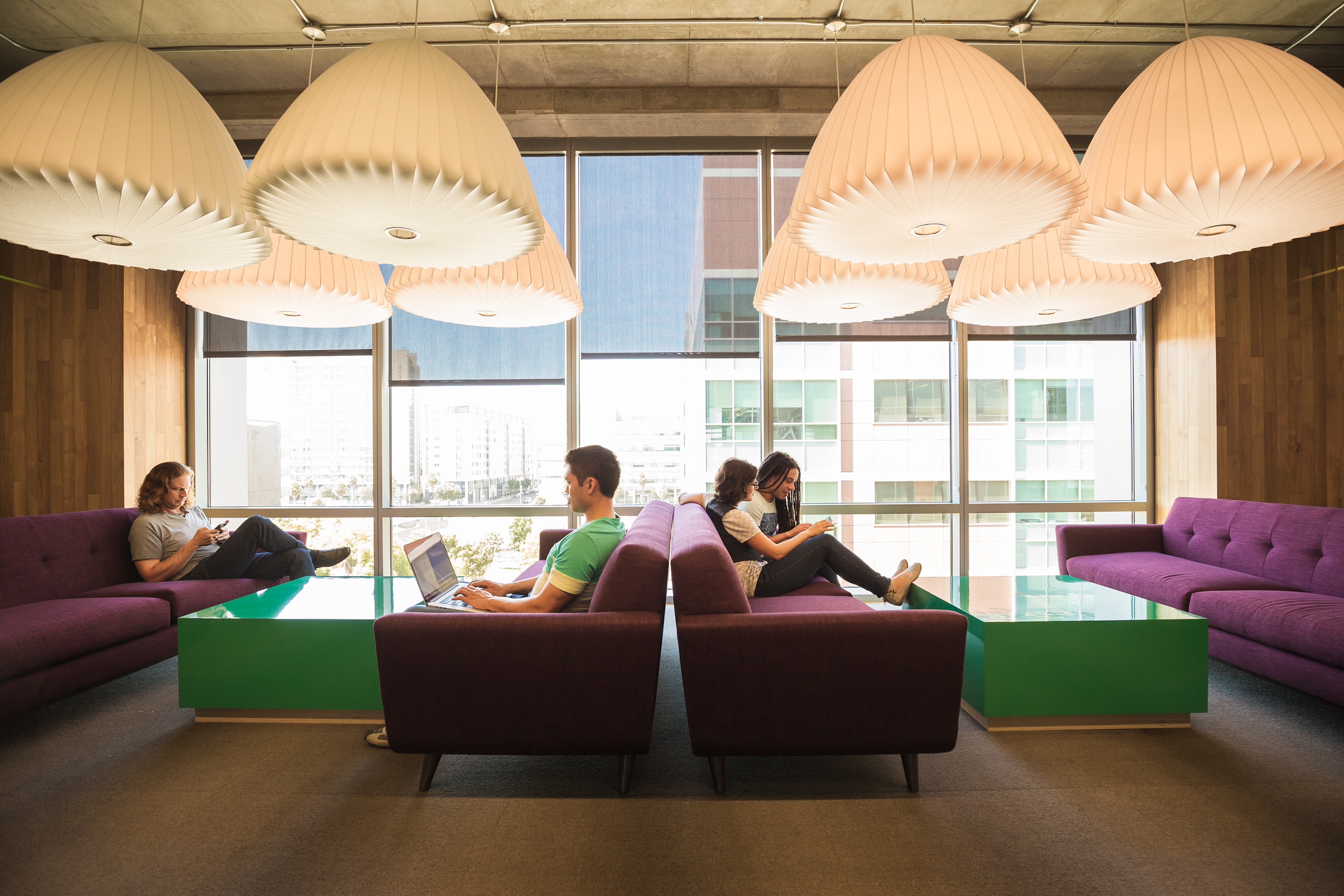Shrouded bards of other lands, you may rest, you have done your work, Soon I hear you coming warbling, soon you rise and tramp amid us,Pioneers! O pioneers! – Walt Whitman, “Pioneers! O Pioneers!”
There’s a certain irony to looking to a 19th century poem as a sort of battle cry of the age-old tug-of-war that exists in any multi-generational organization. That said, this comparison is a perfect metaphor for how we should be looking at learning in today’s corporate environments. Stay with me here.
Published in 1865 as part of Walt Whitman’s poetry anthology, Leaves of Grass, “Pioneers! O Pioneers!” was written as a sort of tribute to the great westward expansion that had taken over the U.S. This was a time of the California Gold Rush, of Conestoga wagons and pioneers traversing a new frontier. Similarly, we are now exploring a new frontier in learning. We have the most multigenerational workforce we’ve ever seen, and technology is advancing at a breakneck pace. Even the basic fundamentals of where and how we work have changed – for instance, the latest Global Workplace Analytics report found that some 3.7 million U.S. employees work from home (or in other non-office settings) at least part of the time. That’s roughly 2.8 percent of the workforce, but that number is rapidly growing.
While technology, and the where and how of work is changing, organizational learning isn’t always evolving as rapidly. A sort of generational hierarchy still pervades the structure of many organizations. Younger employees are constantly being told they can from their more senior peers, but the truth is, that this knowledge exchange should go both ways – and organizations need to recognize this in order to thrive. The old ways of doing things aren’t always better, and when it comes to learning, there’s a strong case to be made for what’s called reverse mentoring. In other words, just as older people can teach younger people, the opposite is also true.

Crafting the workplace for a new generation
Millennials have grown up in a different era, and require new and different types of learning.
A report by PWC, “Millennials at Work,” found that 35 percent of respondents said they were attracted to employers who offer excellent training and development programs so they can be continuously learning.
Employers must carefully consider how training and development should be structured for this generation.
Take the example of one of the very first mainstream learning apps – it was called iLecture and it was pretty much a virtual lecture hall. This is not going to fly in today’s business world. There’s a difference between dreaming something up and just digitizing what already exists – and for millennials, also sometimes called digital natives, there’s a higher propensity for them to pursue this. This generation has grown up with so much more advanced technology that the staid old videotapes of a traditional classroom setting aren’t going to work.
Today’s workforce demands training that fits the employees’ needs, rather than a system that requires employees to adjust to the training methods. This includes providing social and mobile content that can be accessed any place, any time and in real-time. It includes building in newer technologies that promote active engagement as opposed to passive engagement, incorporating interactive components and peer-to-peer sharing.
By requiring something new, a different approach, millennials have the opportunity to help drive overall engagement in learning. Improving your organization’s ability to provide employees with timely and useful coaching isn’t just a benefit to millennial workers, but to the entire staff.
The efforts of those who have come before us is much appreciated, but now it’s time for a new generation of workers to build the learning organization of our future. In other words, shrouded bards, your work is done and the torch can be passed.


Thanks Ryan for offering Walt Whitman to read on the blog 😉 Learning from strengths no matter which gender, generation, language is more my mind set – but making differences explicit is often refreshing any relation – also in the work and market place. May I kindly suggest to exchange a 9 for an 8 in the publication year of the opus 😉 that fits better the 19th century origin.
From the fifty years of mine I gently conclude by citing the same poem, but a different part: “O you youths, Western youths,
So impatient, full of action, full of manly pride and friendship,
Plain I see you Western youths, see you tramping with the foremost,
Pioneers! O pioneers!”
Hi, Stefan — Thank you for your response (and your kind recommendation). And in return, I’ll leave a different quote: “We take up the task eternal, and the burden and the lesson…”